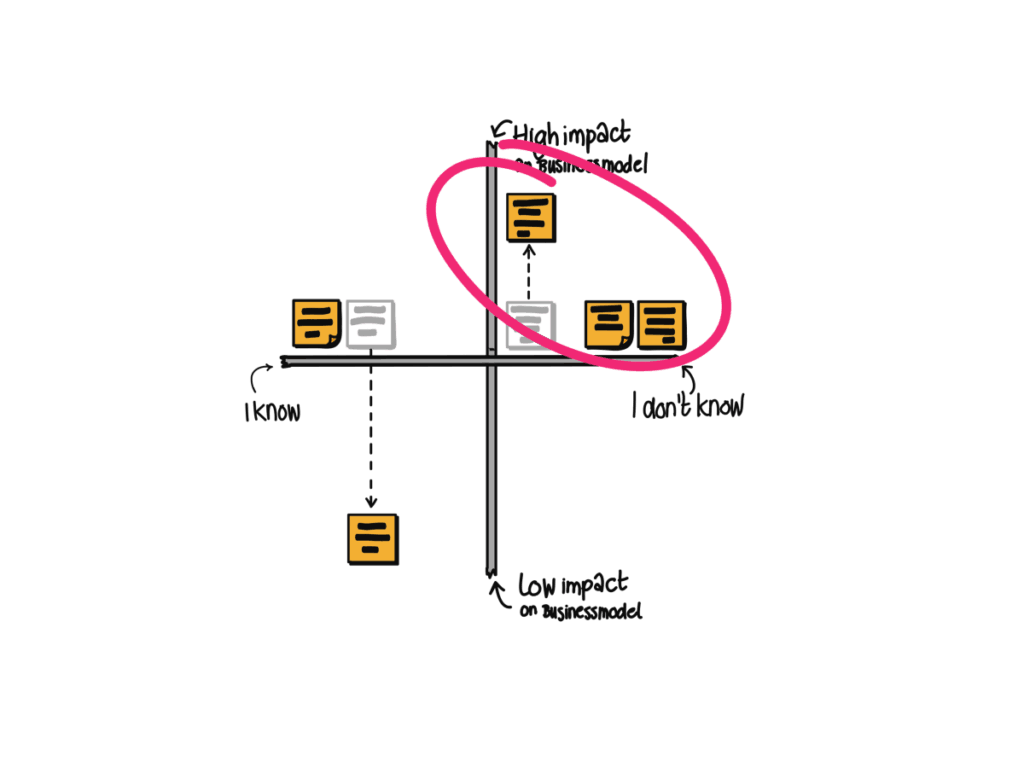Business
How to Test Your Business Idea (and Why You Need To)
Do you have a life-changing idea for the “next big thing”?
Maybe it’s a unique product or an incredible service that you just know your target market needs.
As temptingas it might be to dive straight into building a website and creating your marketing campaigns, it might be a good idea to do some testing first.
Viability testing is a crucial part of starting any business, as it can help you to avoid spending too much money on an idea that likely won’t pay off.
Testing your business idea can also give you an opportunity to discover potential weaknesses or obstacles that you’ll want to overcome before you go to market.
Consider these tips about how and why to test your business concept.
Why Test a Business Idea?
Testing a business idea essentially ensures that you’re not wasting your time with a venture that’s not likely to work. Launching a business is fun, but it’s also an expensive and time-consuming process.
If you’re going to commit all your time and energy to a new business, you want to know ahead of time that it’s going to work.
Testing your business idea also ensures that you can:
- Pitch your business to investors and bank loan providers
- Share your vision with employees and stakeholders
- Answer important questions about your audience and competition
Ways to Test Your Business Idea
Step 1: The Feasibility Check
A feasibility study asks you to examine whether there’s a market for your company.
You’ll need to find out how many customersyou need to be profitable.
For instance, once you factor in supplies and labor costs, you may decide that you need 100 cleaning jobs a month to make your cleaning business a success. If there’s only a handful of people who would need a cleaning service in your area, that might not be possible.
To determine if there are enoughpotential customers in your area, it’s worth examining your target market. Look at your competitors and the kind of customers they target. How much do they spend on things like marketing to stay profitable? How can you set yourself apart from them?
Are there any customers that you can target which are often overlooked by most companies? This might be a great way to increase your income.
By the end of your feasibility study, you should:
- Know how much you need to spend and earn to run your business
- Have an idea of who your target audience is and where they are
- Understand how much competition there already is in the market
- Know how you can differentiate yourself and your business from the competition
- Understand how much you’ll need to charge to make a profit and how many customers you’re going to need per week or month
Double-check that your market has potential for growthtoo. It’s rarely a good idea to get involved with a trending product that’s just hot for a few months. You can look on things like Google Trends to find out how certain products or services have earned more attention during different times.
Step 2: The Sense Check
Knowing that there is a potential audience for your product or service isn’t the same as knowing that people will buy it.
For example, you may think that everyone would love a cheaper version of their favorite local bakery. Still, when you start talking to your potential customers, you might then discover that people actually like paying a higher price for those goods because they’re more luxurious.
Doing market research will give you an insight into what customers want and need. There are various ways to collect this information. You can use pre-existing resources online, like market reports from companies like MarketResearch and Nielsen, or try other options.
Other options include:
- Using surveys and polls. You can host surveys on social media sites and forum groups to get a general insight into what people in your market are interested in. However, if you haven’t built a brand yet, it may be difficult to get many responses.
- Check competition information. You might be able to find information online that shows you what customers like – or don’t like – about your competition. Check out reviews and testimonials for insights into positive and negative features that you can consider.
- Direct conversations. If you already have a few existing customers or a network of people that you can talk to about your business, they may be able to give you some useful information.
Step 3: The Selling Test
The last part of testing your product idea is actually trying to sell it.
There are various ways you can do this. One option involves starting with selling things through Facebook groups and social media pages. This ensures that you can start finding customers straight away, without building a website. However, you may need to invest a lot in social media marketing.
You could also try to sell your products through marketplaces like eBay, Etsy, or Amazon initially until you get an idea of how much demand there is.
Once you knowthat you can make a profit in this area, you can invest in more sales opportunities.
If you’re not ready to sell physical products yet, try creating a landing page. Here, customers can sign up with an email address to show interest in your products. The more emails you get, the surer you can be about your idea. Whichever way you decide to test your business idea, you’ll receive important information that can help you to decid

